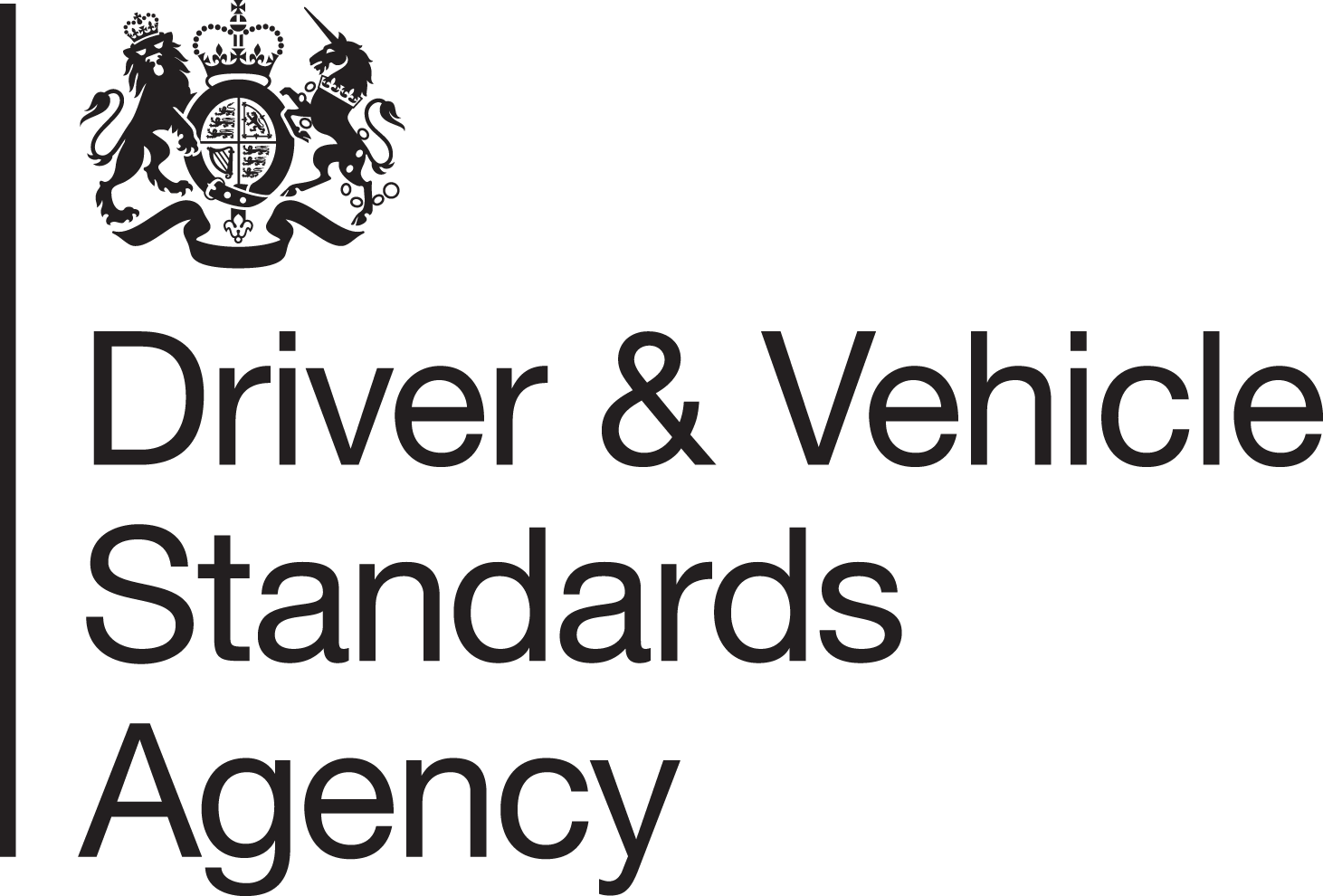Description
By the end of the session, the learner will be able to:
Define the term manual handling.
Differentiate between manual handling and non-manual handling tasks. List common manual handling tasks within the learner’s work environment.
List the key functions of the spine. List the regions of the spine. Outline the function of the spinal discs. Explain the lever principle in relation to manual handling.
List common manual handling injuries. Give examples of how different manual handling injuries may occur. Explain what is meant by the terms prolapsed disc and hernia.
Outline the costs to businesses and individuals associated with manual handling injuries.
Outline the requirements of the following:
a. Health and safety at work act
b. Management of health and safety regulations
c. Provision and use of work equipment regulations
d. Lifting operation and lifting equipment regulations
Outline the consequences for not complying with health and safety legislation
Outline the principle requirements of the manual handling operations regulations. Outline employee’s responsibilities related to the manual handling operations regulations. Outline employer’s responsibilities under the manual handling operations regulations. Identify ways of avoiding manual handling operations.
Outline the principles of a risk assessment. Outline the competencies of a manual handling risk assessor. List the steps involved in a manual handling risk assessment. Give examples for each of the main manual handling hazard groups. Identify control measures for a range of risks. Outline the hierarchy of control in relation to a manual handling risk assessment. Outline the principles for recording and reviewing risk assessments.
Describe safer lifting and movement principles used in manual handling.
Identify equipment that can be used to reduce the risk of manual handling injuries.
Subject Areas
- Personal Health & Wellbeing
